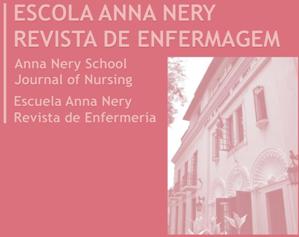Resumen
Objetivo:
Analizar la percepción de los usuarios con diabetes Mellitus Tipo 2 sobre la estrategia de educación en grupos en la promoción del autocuidado.
Métodos:
Se realizó un estudio descriptivo de enfoque cualitativo, llevado a cabo entre enero de 2011 y septiembre de 2012. La recolección de datos fue realizada con 12 usuarios de una Unidad Básica de Salud que participaron de la educación en grupos. Se realizaron dos grupos focales. Los datos fueron analizados por análisis de contenido temático.
Resultados:
Las categorías evidenciadas por el estudio (aprendizaje a través de la participación en grupos, el autocuidado en diabetes, la superación de barreras en la búsqueda de un estilo de vida saludable, abordaje de los sentimientos a través de la educación en grupos, y los beneficios relacionados a la participación en los grupos) demuestran que la estrategia de educación grupal contribuye al aprendizaje y fomenta las prácticas de autocuidado en diabetes.
Conclusión:
La educación en grupo se presenta como una estrategia eficaz para ayudar a las personas con diabetes a vivir mejor con su condición.
Palabras clave:
Educación en salud; Estructura de grupo; Conocimiento; Autocuidado; diabetes Mellitus
